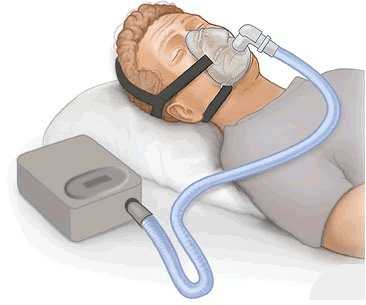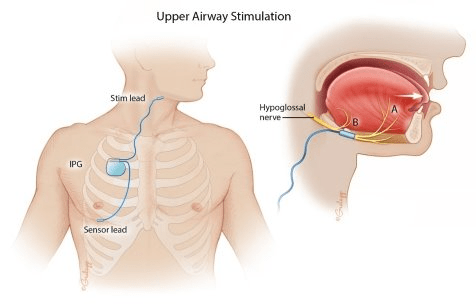True or false: Autism was once considered to be a form of childhood schizophrenia or dementia.
True
The sum of food consumed by an individual or the kind of food a person eats.
Diet
The number one cause of brain injuries.
Falls

CPAP therapy
Experiencing the death of a loved one or working in a high-pressure job is an example of this kind of stress.
Distress or bad stress
Medications that may be used to help minimize symptoms associated with ASD
SSRIs, SNRIs, antianxiety medications, antipsychotics, beta blockers.
This fad diet, originally intended to help treat epilepsy, forces your body to use mostly fats as an energy source.
Ketogenic diet
An example of an external brain injury.
Fall, assault, motor vehicle accident, or sports injury.
This type of sleep apnea occurs when the airway becomes blocked; most common
Obstructive Sleep Apnea
Riding a roller coaster is an example of this kind of stress.
Eustress or good stress
True or false: Approximately one-third of children with autism also have a seizure disorder.
True.
True or false: taking more vitamins that necessary will increase health benefits and maybe lead to a longer life.
False. Taking more than the recommended daily amount of a vitamin will not lead to better health outcomes.
Tips for preventing brain injuries.
Wearing a helmet, wearing a seatbelt, removing clutter from high-traffic areas, using ladders appropriately, making sure hallways are well lit
This type of sleep apnea occurs when the brain is not sending proper signals to the brain to control breathing
Central Sleep Apnea
Activities that may help you be more resilient to stress or maybe even reverse damage done to your brain by chronic stress.
Exercise, good nutrition, practicing mindfulness, getting enough sleep, or participating in leisure activities.
List possible treatments for autism.
Equine therapy, speech therapy, cognitive behavioral therapy (CBT), or behavioral management therapy (ABA).
This diet is based on the belief that human's should consume only foods which were eaten during the prehistoric era.
Paleo diet
Those who are most at risk for a brain injury.
<1 year of age or adults 65 and older
Percentage of the population believed to be affected by sleep apnea.
20% of the population
Aches and pains, muscle tension, digestive problems, frequent headaches, and weakened immunity are _______ responses to chronic stress.
Physiologic or physical responses to stress
List at least one risk factor for autism.
Having a sibling with ASD, born to older parents, or birth complications.
This diet is for people who do not wish to consume any products taken from an animal.
Vegan
The worst thing you can do immediately following a head injury or concussion.
Make yourself susceptible to more head injuries

Hypoglossal nerve stimulator or Inspire®
This harmful behavior, often believed to be an important skill, is actually damaging to your brain and may lead to anxiety disorders and elevated blood pressure.
Multitasking
A development disorder similar to autism, but caused by a mutation on the X chromosome.
Fragile X syndrome

Lean Finely-textured Beef or "Pink Slime"
This rare brain condition is the result of repeated low-impact head trauma. Commonly associated with athletes who participated in contact sports.
Chronic Traumatic Encephalopathy (CTE)
This neurotransmitter in the brain may be affected by untreated/poorly treated sleep apnea. It may also lead to symptoms of anxiety, depression, high blood pressure, seizures, etc.
G-Aminobutyric acid (GABA)
The part of your brain associated with learning, memory, and regulating your stress response.
Hippocampus